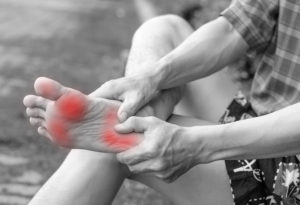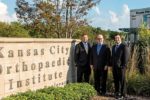High-Frequency Approach to PDN

If painful diabetic neuropathy (PDN) has sidelined you, there is hope and promise with a new treatment approach.
What is painful diabetic neuropathy?
Labeled as the silent killer, diabetes is the main cause of PDN. According to the National Institute of Health (NIH), roughly 50% of diabetic patients develop PDN. The disease manifests as excruciating stabbing pain, tingling, numbness, or burning pain. The condition arises primarily due to vascular and metabolic factors. Not only can this comprise the quality of life for those it afflicts, but it can also be a costly condition to manage.
Those suffering from this type of chronic pain experience not only the physical effects, but also the emotional ones: anxiety, worry, depression, loneliness, and anger. They may grieve for the past; barely notice the present; and dread the future. It requires a certain sort of dependency on others, on medications, on situations, and often, on sheer determination and persistence just to get through another day.
If the debilitating pain of PDN is diminishing the quality of your life, then you should strongly consider the medical services of Dr. C. Lan Fotopoulos with Kansas City Orthopaedic Alliance, which has locations at the Kansas City Orthopaedic Institute in Leawood, Kansas and on the Saint Luke’s Hospital campus in Kansas City, Missouri. Board Certified in Physical Medicine & Rehabilitation; Pain Medicine; Sports Medicine; and Undersea & Hyperbaric Medicine, Dr. Fotopoulos stands among an elite group of orthopedic physicians whose contribution to the field of orthopedic medicine involves personalized care across all subspecialties in orthopedic medicine using state-of-the-art technologies coupled with the best inpatient care.
The clinical interests of Dr. Fotopoulos, who is referred to as an interventional physiatrist, include neck, back, hips, shoulder, and knee pain. He is experienced in minimally invasive and interventional procedures in the treatment of spinal disorders, including epidural injections, vertebroplasty, kyphoplasty, radiofrequency ablation, sacroplasty, and spinal cord stimulation (SCS). Dr. Fotopoulos fully understands how pain affects people, and his primary goal is to alleviate such pain to the degree that he can with whatever methods are deemed appropriate for the patient and the situation.
Theories behind PDN
According to Dr. Fotopoulos, PDN is a small vessel disease that affects the nerve endings.
“Glucose, when viewed under an electro microscope, presents with sharp edges that can tear through those vessels. Once it starts, you cannot reverse it. Even if your blood sugar is under perfect control, it is still there. Once you get PDN, it is not going away,” he cautioned.
Hope is on the horizon for those who suffer from PDN: the future of relief from PDN is close at hand
Although SCS has historically been used for chronic pain of the trunk and limbs, a new ultra-high frequency platform is showing promise for relief from the pain of diabetic neuropathy.
If you suffer from PDN, which can include sensations as referenced such as prickling, tingling, sharp pain, cramping, and/or deep stabbing pain in your feet typically associated with chronic high blood sugar, you could be a candidate for SCS as an alternative treatment protocol.
Nevro, a medical device company headquartered in California, has created HFX, a comprehensive solution for patients struggling with chronic pain through the use of high-frequency 10 hKz therapy and a unique mechanism for potential relief of pain associated with PDN. This is the only SCS system approved by the FDA with a specific indication for PDN. This implanted device, introduced earlier this year, has demonstrated exceptional outcomes across responder rates, pain relief, and even sensory response.
With the SCS implanted device, the feelings of pain are interrupted, giving the patient the opportunity to enjoy pain relief in such a way that it does not interfere with activities of daily living. Spinal cord stimulation has been used for decades as a way to greatly reduce or perhaps even eradicate the use of pain medication. This is great news for individuals who do not want to rely on pain killers or who fear the potential unwanted dependence on them.
“This approach to using spinal cord stimulation is to treat nerve-based pain in extremities of a different diagnosis. In the past, it was used to treat spine-related pain. Diabetic neuropathy is very common in those with Type 1 and Type 2 diabetes, especially end-stage, and this offers a potentially successful treatment for patients for whom oral medications have proven ineffective,” emphasized Dr. Fotopoulos.
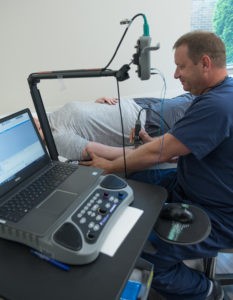 Promising outcomes
Promising outcomes
A trio of publications in top tier Diabetes Journals (Diabetes Care and the Journal of Diabetes, Science, and Technology) demonstrated the durability and real-world application of Nevro’s 10 kHz Therapy in the treatment of painful diabetic neuropathy (PDN) as follows:
“The 12-month data demonstrates results of 86% responder rate: 77% average pain relief and 68% neurologic improvement. Patients included in the analysis had an average time of 21.8 months post-implant. The analysis concluded that “high-frequency (10 kHz) SCS offers several advantages over low-frequency, paresthesia-dependent SCS, including greater pain relief, a higher proportion of patients achieving treatment success, paresthesia-free, and evidence of improved neurological function.”
“The six-months and one-year data are showing tremendous response for PDN to the point where there is a return of sensation lost for some patients,” indicated Dr. Fotopoulos. “Up until this point, there has not been any really good treatments for PDN. Medications are typically prescribed but they don’t always work and often come with side effects.”
Prior to undergoing this procedure, potential candidates must submit to a full psychological evaluation, as required across the board by Medicare and insurance companies. Then, once approved, the patient undergoes a trial where the device is implanted and left in for five to seven days.
“I want to see a 75% improvement in relief of pain, at which time I will take the lead out in the clinic and then will schedule the implant of the permanent device two weeks after the trial period has ended,” explained Dr. Fotopoulos, who has performed hundreds of SCS procedures for patients over the years and has begun implanting the Nevro device this year.
“It is showing great outcomes for PDN,” he indicated.
After the device, which is about the size of a watch face, is implanted, the patient is advised to reduce physical activity for about six weeks. This includes no twisting or bending and no lifting anything heavier than 10 pounds nor lifting anything above the shoulder. After six weeks, the restrictions are lifted.
“This SCS device does a really good job compared to the pharmacological approach,” expressed Dr. Fotopoulos. “If the studies are right, in the future, it might progress to getting some sensation back, according to these studies. The goal is to eliminate the vast majority of, if not all, medications the patient is taking.”
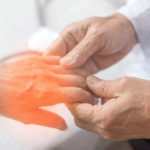
Dr. Fotopoulos schedules a follow-up with the patient six weeks after the procedure and one year later with the goal of getting the patient back to life.
If you have had some treatments in the past for PDN, including taking various medications and you have not met with positive results, this 10 kHz SCS device for patients with PDN may be a viable option, and your opportunity for pain relief may begin with an initial consultation with Dr. Fotopoulos.
“If your medications are not working, then, yes, this is the next way to go, “ expressed Dr. Fotopoulos.
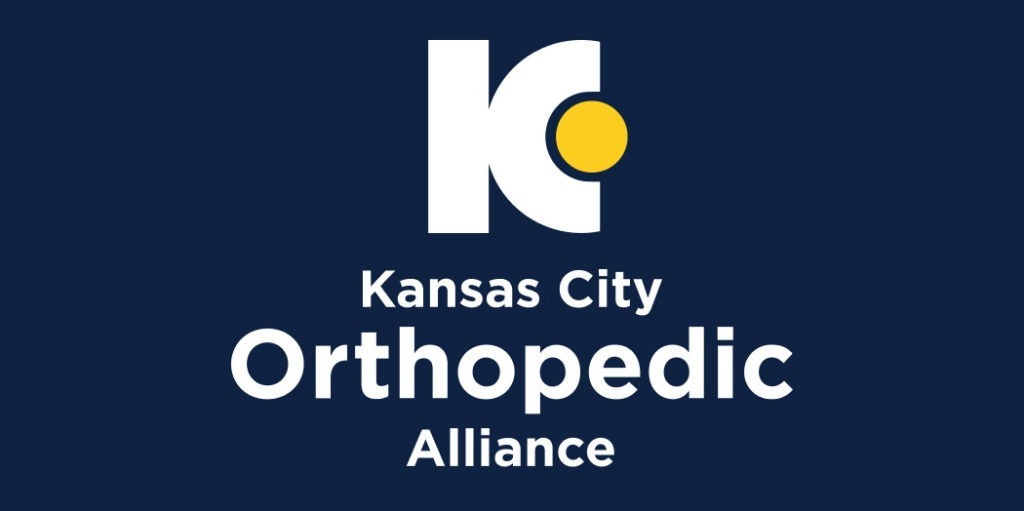
Saint Luke’s Hospital Campus Medical Plaza Building 1,
Ste 610, 4321 Washington St., KCMO
and at 3651 College Blvd, Leawood, KS 66211
913.319.7678 ext 3109 | kcorthoalliance.com

